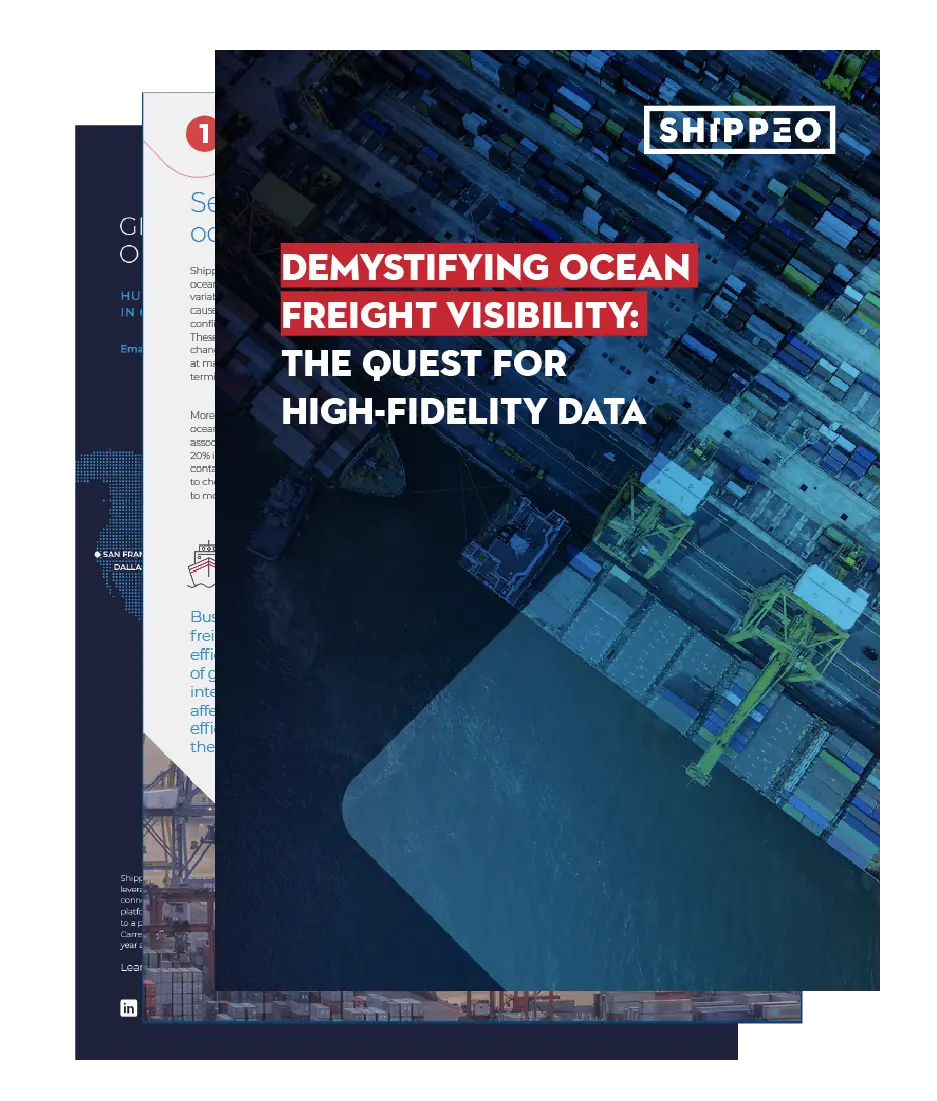In the intricate world of logistics, understanding demurrage and detention charges is pivotal for optimizing supply chain efficiency. These charges often used interchangeably but with distinct meanings, hold significant implications for shippers and carriers alike. Let's delve into the nuances of demurrage and detention, unraveling their differences and exploring strategies for effective management.
Demurrage Charges: Delving into the Penalty for Delay
Demurrage charges primarily apply to the time a container spends at a terminal beyond the allotted free time. This allowance varies depending on factors like the shipping line, terminal policies, and cargo type. Once the free time expires, demurrage charges kick in, imposing a penalty on the consignee for delaying container return.
Understanding demurrage charges involves recognizing that they stem from delays in cargo retrieval, often due to reasons like incomplete documentation, storage limitations, or operational inefficiencies. Importantly, demurrage charges can escalate rapidly, exerting financial strain on businesses and disrupting supply chain operations.
Detention Charges: Deciphering the Cost of Extended Equipment Use
Detention charges pertain to the extended use of shipping containers beyond the agreed-upon timeframe for loading and unloading. Unlike demurrage charges, which occur at terminals, detention charges are typically levied by shipping lines for prolonged container possession outside terminal premises, such as at warehouses or distribution centers.
These charges serve as an incentive for prompt container return, as delayed equipment return can impede container availability for subsequent shipments, leading to operational bottlenecks and increased costs. Detention charges are influenced by factors like equipment type, rental rates, and demurrage policies, necessitating proactive management to mitigate expenses.
Demurrage vs. Detention: Key Distinctions and Considerations
Understanding the disparities between demurrage and detention charges is essential for effective logistics management:
1. Timeframe: Demurrage charges accrue during the container's stay at the terminal beyond free time, while detention charges apply to extended container use outside terminal premises.
2. Trigger Events: Demurrage charges result from delays in cargo retrieval or clearance, whereas detention charges stem from prolonged container occupancy.
3. Liability: Demurrage charges typically fall on consignees or cargo owners, while detention charges are often borne by the party responsible for container handling.
4. Impact: Demurrage charges affect cargo release and terminal operations, while detention charges impact equipment availability and supply chain fluidity.
%20(1).jpg)














